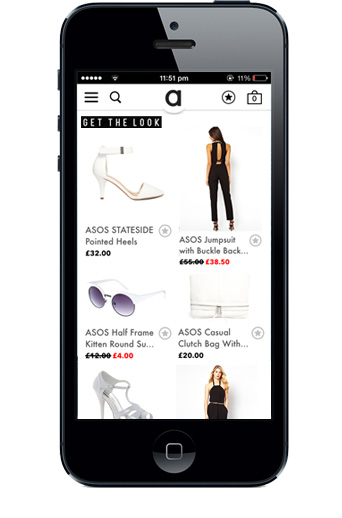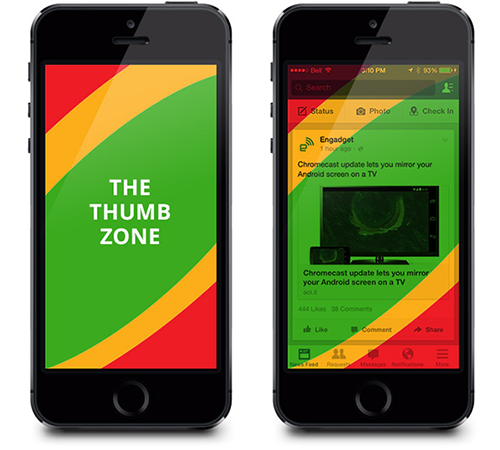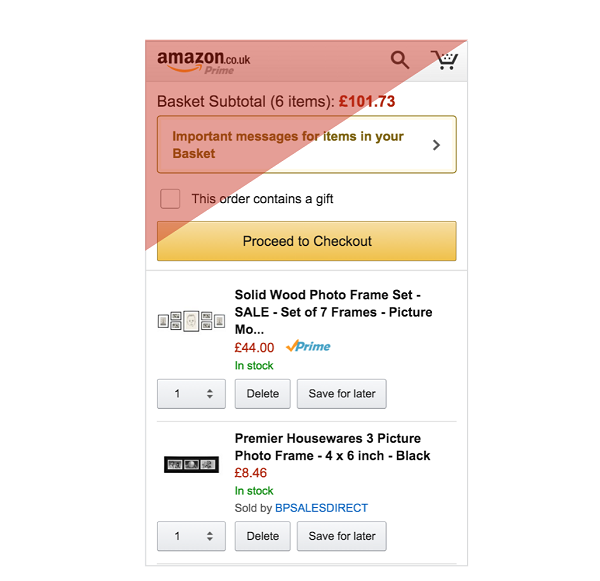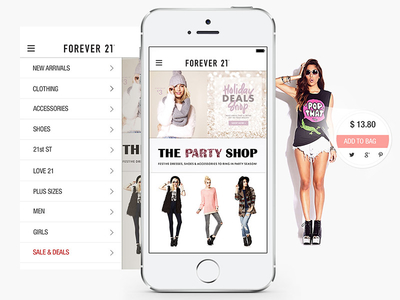Online retailers can’t afford to ignore the empowered, demanding millennial generation’s needs when it comes to ecommerce. It’s time for businesses to re-evaluate the old methods used on Gen X and Baby Boomers, and embrace the shift to mobile.
Power of Millennials Mobile Shopping
Millennials are set to make up 75% of the UK’s workforce by 2020. As it stands, they currently pull in around $200bn worldwide in spending power across the US and Europe.
As it stands, millennials are the largest generational users of smartphones, which are the key on-the-go tool for consumers. A worldwide survey conducted by Think with Google reported that over 80% of under 25s use their smartphones to go online as often as computers, and that 91% of UK millenials own a smartphone.
Further data from the Consumer Barometer reinforces the necessity of getting your mobile ecommerce strategy right. Over 40% of those surveyed researched and bought their last purchase on their smartphone. In fact, in the UK alone, visitors to ecommerce sites from tablets and smartphones devices made up for 45% of all ecommerce traffic in the country.
These conversions are only set to increase. By 2020, it is estimated that up to £246+ billion will be spent worldwide on mobile shopping alone. To reach millennials you need to understand their new, efficient shopping behaviours. Retailers must adopt an effective mobile strategy to get them interested.
How Big Ecommerce Businesses are Targeting Millennials
Here’s how some of the biggest retailers are evolving to meet millennial expectations:
Mobile Apps
Your mobile app is the new face of your business. While mobile websites are still very effective for online retailers, nearly half of all 18-34-year-olds now have a mobile shopping app downloaded onto their smartphones. Having a mobile app is fast becoming the preferred way for millennials to purchase products with ease. So make sure your app caters to the immediacy of the Gen Y audience.
The ASOS app perfectly caters to the ‘want it now, need it now’ mentality of millennials. At first glance, you see the design is sleek, easy to navigate and most importantly, trend focused. As a fashion retailer, ASOS understands that their customers expect to have the newest trends available on demand.

This is why Asos add roughly 4,000 new products and lines to their website and app weekly. They have a vast range of brands and a willingness to please and evolve with customers. This is one of the key reasons fashion-forward millennials choose to shop with ASOS.
Seamless checkout
Because millennials are most likely to purchase using their mobile devices, a secure payment option is necessary in order for e-commerce sellers to maximise conversions. It’s important for sites to eliminate non-essential fields that ask for excessive personal information. Amazon is a great example of a quick, streamlined shopping experience.
According to UX Matters, 49% of users who interact with their screens hold their phone one-handed. Within that one-handed movement, the ‘thumb zone’ plays a very important role with user interaction.


In order to create optimum ease for an ecommerce checkout, the most important elements on the screen are all within thumbs reach or the “thumb zone.” This adds to the simplicity of the checkout experience and makes one handed online transactions easier to carry out.
Personalised Shopping Experiences
Millennials love personalised experiences, which is great news for businesses. The more personal your brand gets with its customers, the greater your brand loyalty will be. In fact, millennials show the most brand loyalty than any other age group. Studies show that nearly 62% of millennials stick to buying preferred brands, compared to 52% of the rest of the population.
But millennials also expect the most brand interaction. Therefore, it is now an expectation that brands take the time to gauge their customer’s individual interests.
Those who shop on their mobiles spend on average 66% more than those who just shop in-store. When brands take the time to get to know the shoppers behind the screens, they create a whole new level of customer engagement.
 The launch of Forever 21’s app seamlessly blurs the boundaries between fashion and technology. The app allows consumers to exclusively scan barcodes from stores to the app, letting you add them to your digital wish list. To reward brand loyalty, they offer exclusive discount deals to app and mobile users throughout the year, as well as social sharing capabilities. This means that Forever 21 shoppers can share their wish lists across social media platforms directly from mobile and app accounts.
The launch of Forever 21’s app seamlessly blurs the boundaries between fashion and technology. The app allows consumers to exclusively scan barcodes from stores to the app, letting you add them to your digital wish list. To reward brand loyalty, they offer exclusive discount deals to app and mobile users throughout the year, as well as social sharing capabilities. This means that Forever 21 shoppers can share their wish lists across social media platforms directly from mobile and app accounts.
Developing your Mobile Ecommerce Opportunities
Create a personal experience
Acknowledge that your customers are people. Millennials are now expecting mobile retailers to provide them with a buyer experience similar to what they would find in a store. From suggested items to recommendations based on previous purchases, it is now a retailer’s responsibility to focus on the smaller elements of mobile shopping to ensure maximum engagement.
Offer in-app value
What good is having a mobile friendly website if your customers aren’t coming back? Create personalised in-app or mobile-only offers that they can’t refuse. In doing this, you can create of sense of exclusivity. This goes back to personalised experience – monitor and analyse your customer’s shopping habits and make your millennial consumers feel special.
Make mobile easy to navigate
As demonstrated by ASOS, the most successful mobile apps are those easiest to navigate. Ask yourself the following questions to see if your design is fit for purpose:
- Is it easy to navigate?
- Is the checkout process efficient?
- Do the important interactions fall within the thumb-zone?
Don’t underestimate millennial influence
Take into consideration just how much influence Generation Y has in the digital world. Mobile phones are now part of everyday life, so be sure that your ecommerce site is maximising its reach and taking the opportunity to effectively interact in the online world.
